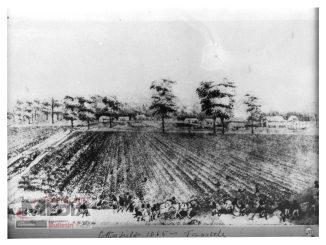
I am old enough to remember when Macadamias were called Queensland Nuts.
As a child, a friend or relative with a tree was highly prized.
They were amongst the first trees planted when we purchased Tullamore Farm. We have quite a few trees now and I still spend enjoyable time gorging myself with the nuts.
We have an ideal rock with the right size groove to sit the nut in, whack with the hammer or small rock. The right amount of force is critical – hit too hard and you break the Macadamia to pieces or it ricochets and smashes your forehead.
Macadamias are native to Australia and particularly thrive here in South East Queensland where our local conditions provide an ideal setting for their growth.
Because they are native to the area they are not that difficult to grow and establish.
They can tolerate light frosts but are vulnerable to severe frost.
Rainfall is another critical factor and Macadamias need around 1,000 to 2,000 mm of rainfall annually. However, good drainage is essential as waterlogged soils can harm the trees.
The payoff takes a while but the harvesting is easy. You pick them off the ground.
Annual pruning at the correct time will see your macadamia thicken up and hopefully supply plenty of nuts. We prune ours every year in August when they are largely hibernating.
We remove the lower branches and keep the lowest branches about a metre off the ground. This allows easy access for many things including picking up the nuts.
The upper branches are trimmed back and pruned to keep the height manageable.
Newly planted trees require regular watering to establish a strong root system.
Mulching around the base helps retain soil moisture, regulate temperature, and suppress weeds.
They don’t need to be in full sun and in fact occur naturally as an understory tree in the forest.
The nuts are high in valuable nutrients and they are a very good looking tree.
Many consider them ornamentals with their glossy leaves and attractive flower clusters. Early spring would be the ideal time to add one to your growing patch.





